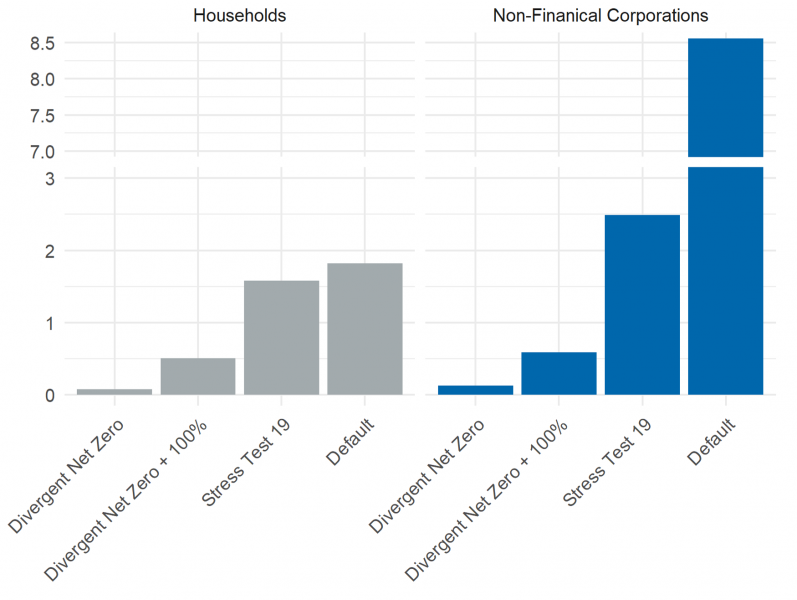References
Kalman, J. et al. (2023). What’s the Cost of “Saving the Planet” for Banks? Assessing the indirect impact of climate transition risks on Slovak bank’s loan portfolios.NBS Working Paper (7/2023).
Klacso, J. (2014). Macro Stress Testing Framework at the National Bank of Slovakia. NBS Policy Paper.
Klacso, J. (2023). How Micro Data Improve the Estimation of Household Credit Risk Within the Macro Stress Testing Framework. Computational Economics. DOI: 10.1007/s10614-023-10453-9.
Národná banka Slovenska (2021, May). Financial Stability Report. National Bank of Slovakia Publications.
NGFS (2021, June). NGFS Climate Scenarios for central banks and supervisors. NGFS Publications.







